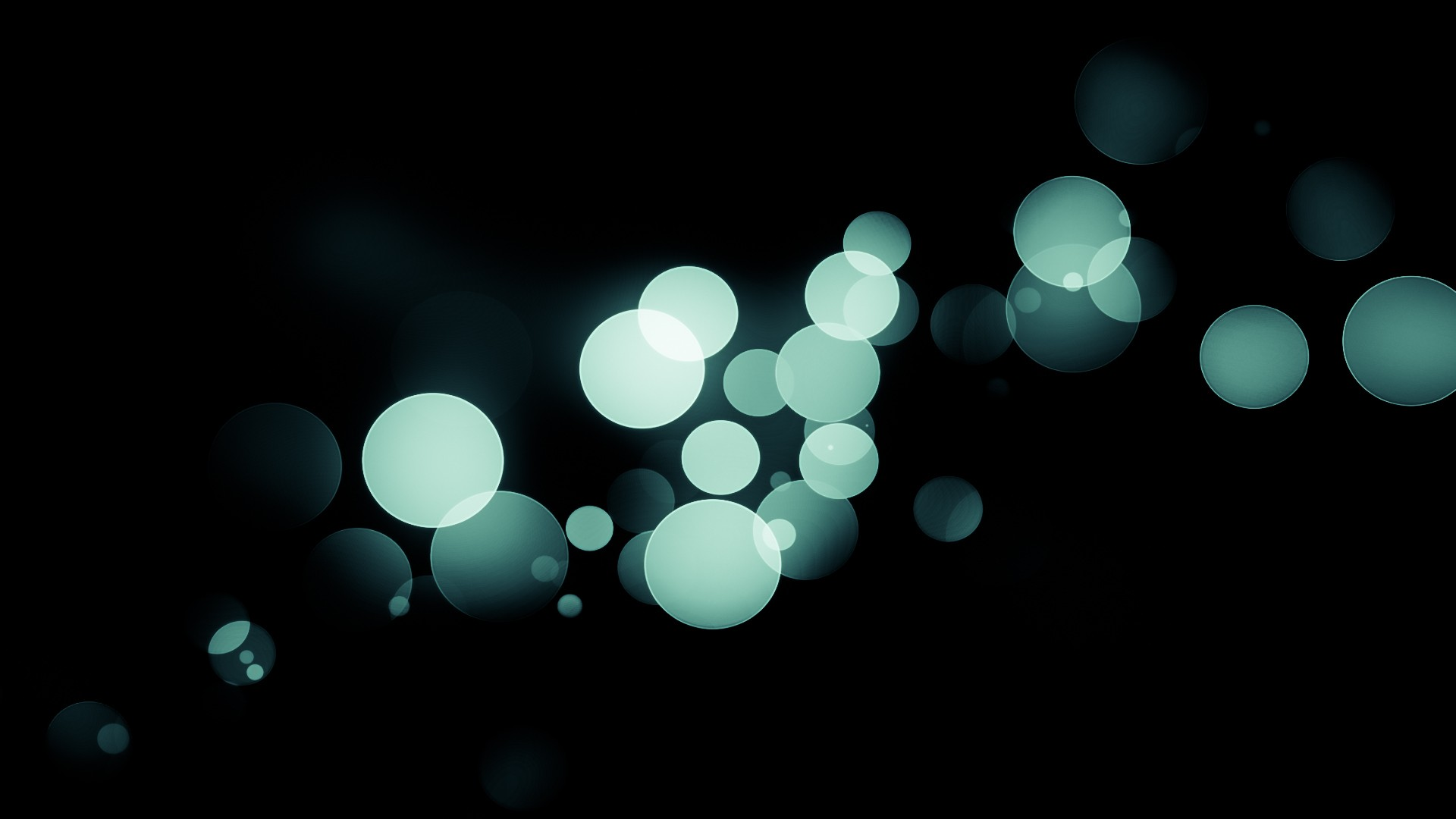this post was submitted on 12 Apr 2025
19 points (95.2% liked)
Wallpapers
1256 readers
12 users here now
founded 2 years ago
MODERATORS
you are viewing a single comment's thread
view the rest of the comments
view the rest of the comments

Bokeh is the quality or feel of the out-of-focus parts of an image, and not the blurry parts themselves.
A lesson on bokeh that no one asked for
That quality is often due to the lens. So a photographer might ask, "How's the bokeh on that lens when stopped down?" to mean "How good do out-of-focus parts of photos taken with that lens look with the aperture closed slightly? Are the dreamy and beautiful, or are they jagged or weird looking?"The circles you are seeing in this image are called "circles of confusion". It's what an out-of-focus point of light looks like. If you think of every tiny part of a scene as a point of light, when those parts are out of focus, each point creates a circle like this, and they all overlap to create a blurry part of the photo. The brighter points create brighter circles and can become apparent even in fully lit scenes. Like sunlight coming through the gaps in leaves. And it super obvious when it's like this image, where there were points of light and a black background. Although I don't think this image is actually a photograph. I think it's computer art.
So, I wouldn't call this a bokeh photo because that term doesn't really make sense. You can't photograph the quality of a blur. It's just something the photo has. Of course, language is fluid, and you can call it whatever you want. If you call it a "circle of confusion photo", photographers will think you're smart, but everyone else will think you're weird. 😄
Different optics and different shapes of lens apertures can create distinct types of bokeh. In some poorly designed lenses, the edges of each circle of confusion can be brighter than the center, causing a poor bokeh.
The shape of the aperture is very important to the bokeh. When most lenses' apertures are wide open, the circles of confusion are perfectly round, but when they are partially closed ("stopped down"), cheaper lenses with 5-bladed apertures make obvious pentagons, while expensive lenses strive to maintain a very circular aperture by using many blades with complex curves, or at least octagons. The cheaper lenses make blurry sections of the photo look edgy and rough, while a high-quality aperture makes out-of-focus sections look dreamy and smooth, even when not wide open. They have "better bokeh".
Here's an example of a photograph taken with a lens that has a nine-bladed aperture, taking an out-of-focus picture while being stopped down. It makes the shape of the aperture obvious.
Here's a photo below showing the bokeh of one lens at many different f-stops. F/1.7 is wide open for this lens, so every other picture is stopped down. The circles of confusion in this example are not circles because they are near the corner of the photo. They are being partially eclipsed by the of the lens itself. Notice how f/2 shows somewhat eclipsed heptagons, but at f/2.8 they don't appear to be eclipsed anymore. This is because the the "circles" of confusion have gotten too small to be eclipsed anymore.
Also notice that at f/11 you can easily make out some branches. The lens' focus didn't change, but the circles of confusion got so small that the background looks like it's almost in focus. This is how depth-of-field is increased by stopping down the aperture. You're not really making more things in focus, you're just making some of the circles small enough that those areas appear to be in focus. How small they have to be depends on how large you print the image, and how far away from it you stand when looking at it. Those areas will never truly be in focus, but the circles of confusion can be so small that your eye can't tell the difference, and parts of the photo that are close to the focus plane will be indistinguishable from the in-focus parts.
This is also exactly how a pinhole camera works. You don't even need a lens to focus the light. A tiny pinhole as an aperture creates tiny circles of confusion on a sheet of film all by itself. Nothing is in focus, and yet everything is... sort of.
Here's a series of photos that show the bokeh of a whole bunch of lenses. Most are good, but you can see subtle differences in their appearance.
So that's what photographers mean when they say bokeh. They mean the quality of the out-of-focus parts of a photo, not the blurry parts themselves or the circles of confusion.
tbf this one is probably photoshop
I agree, and I said as much in my comment. But I don't blame you for not reading that book.
oh i didn't actually notice you had a big writeup inside a spoiler tag, my bad